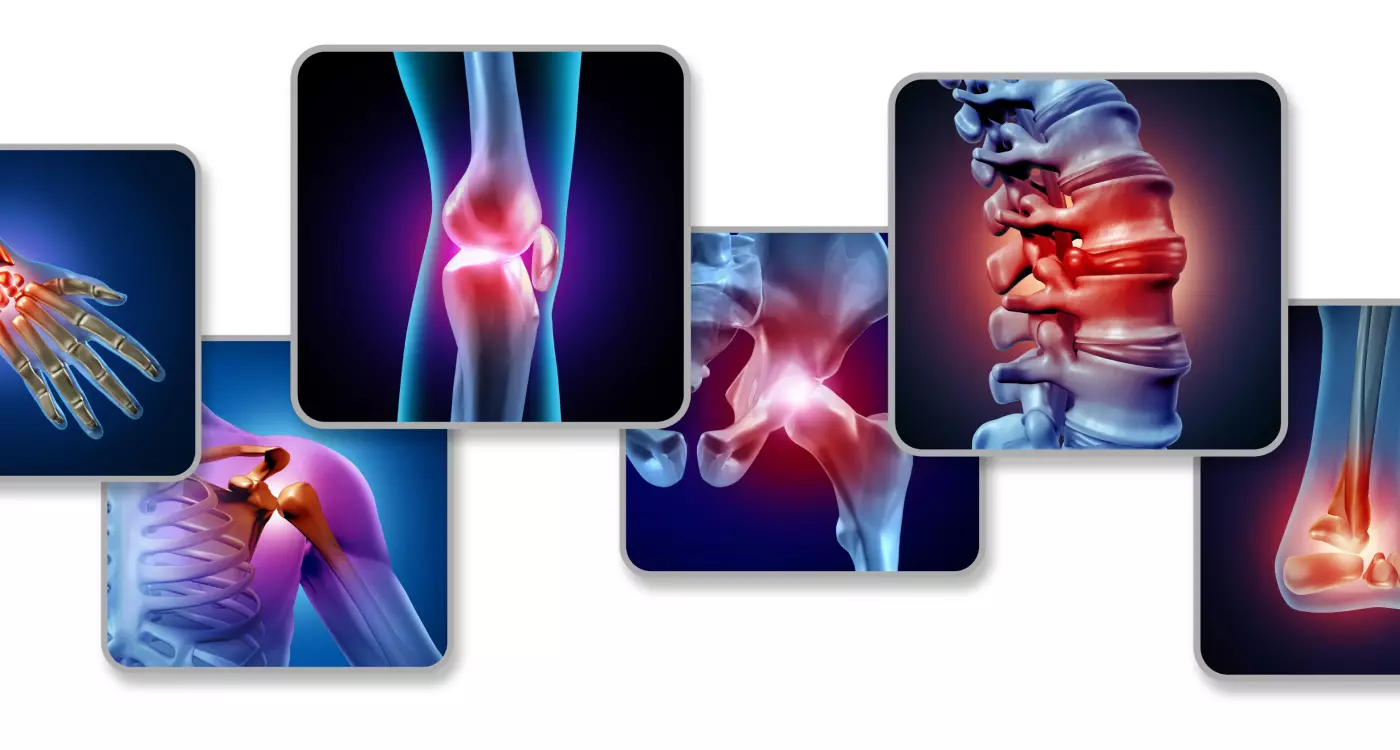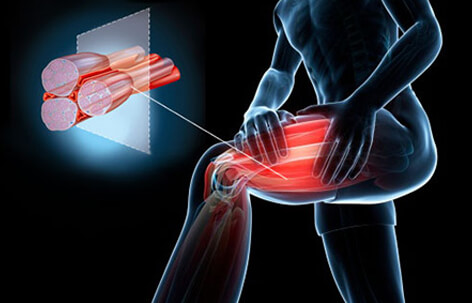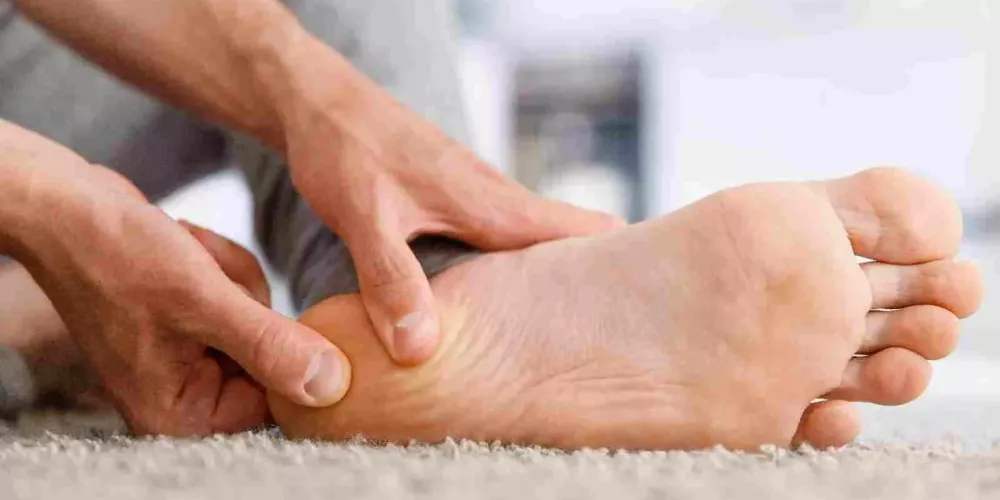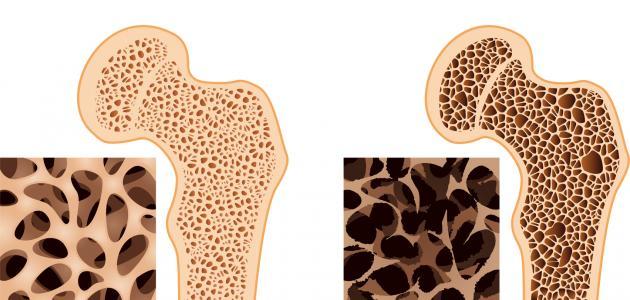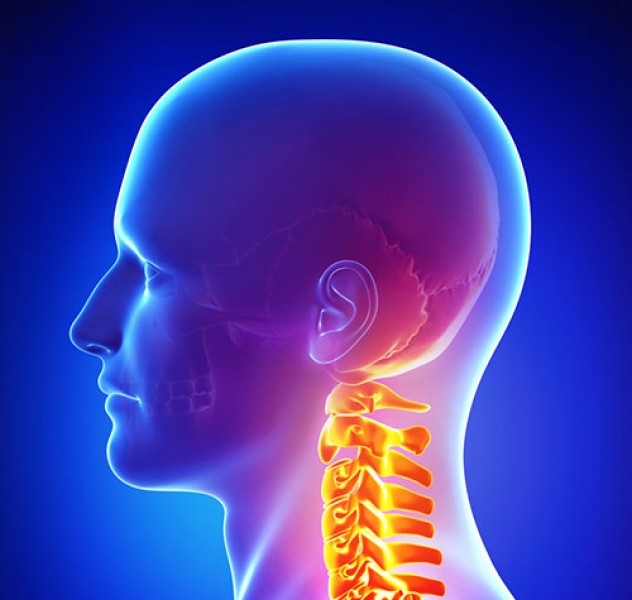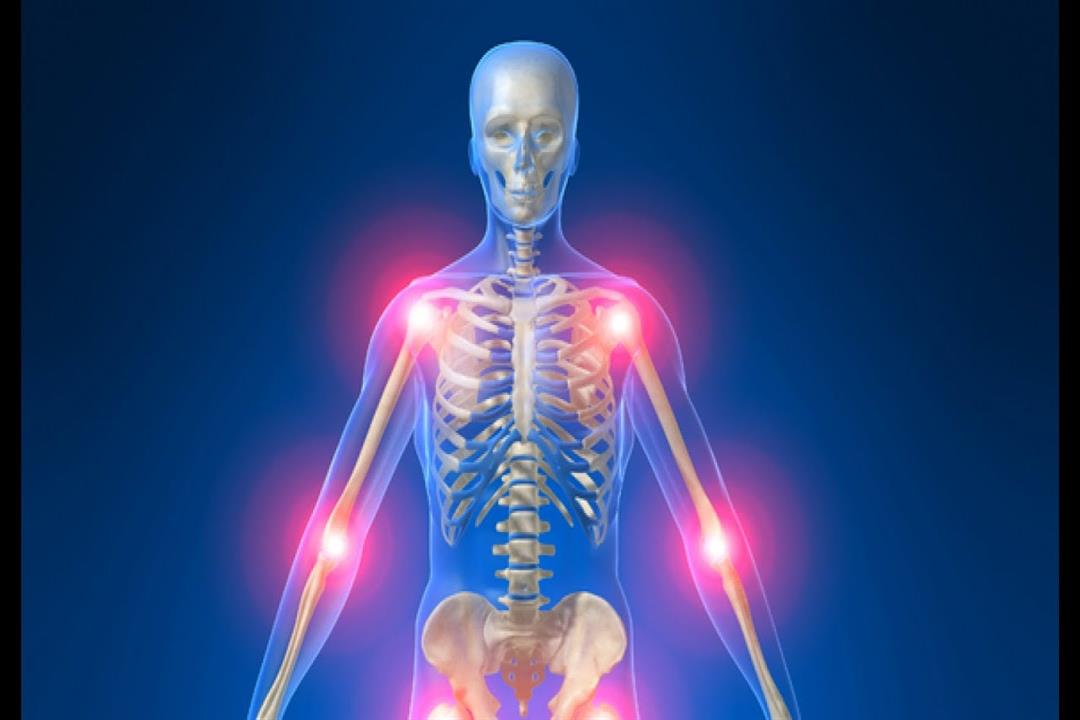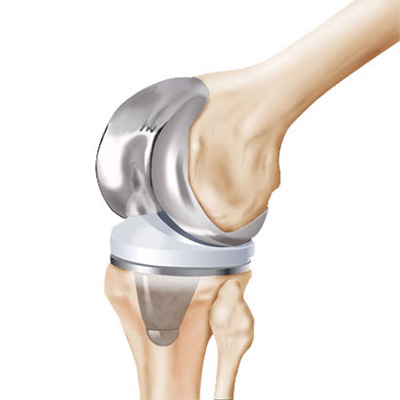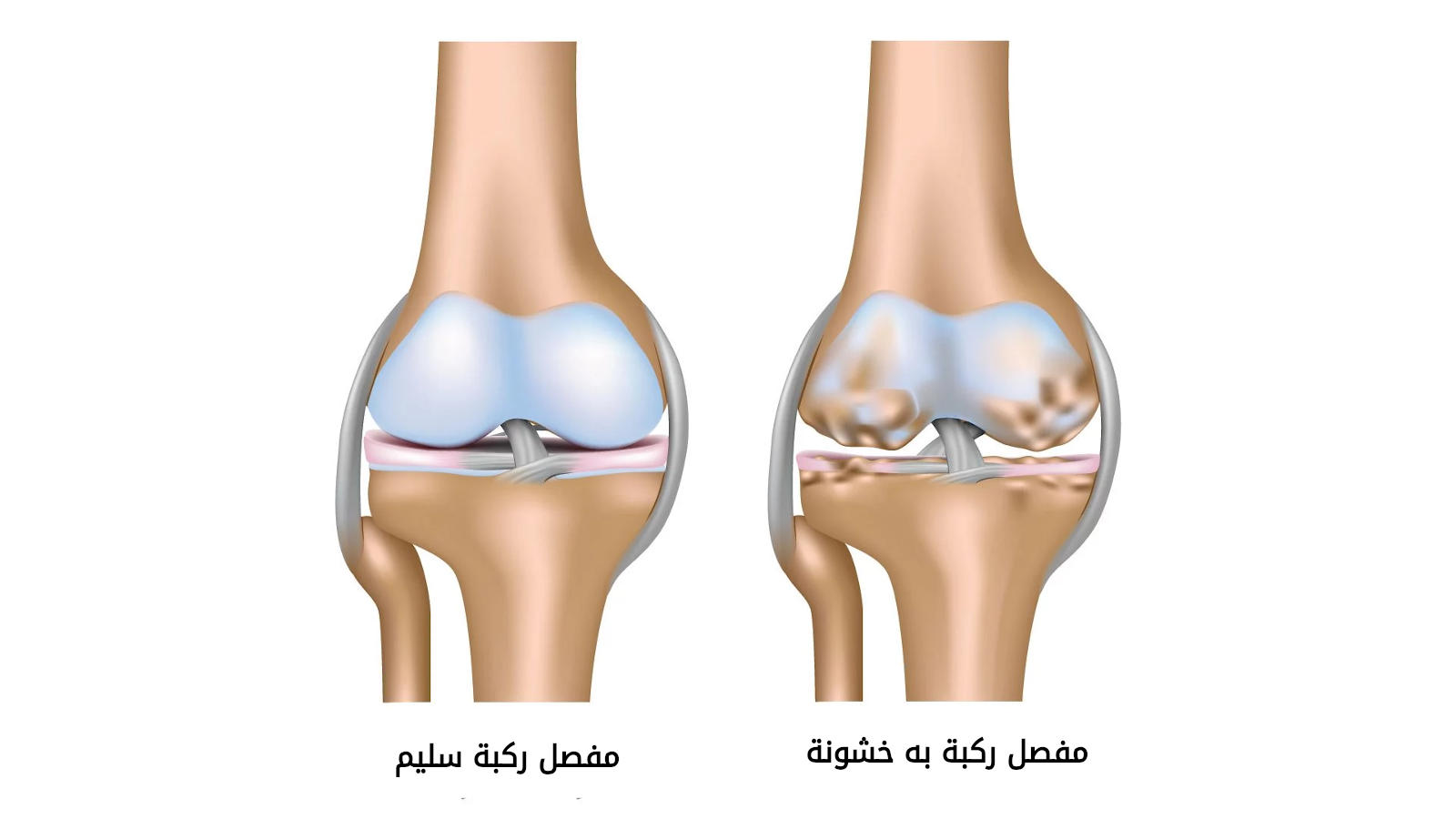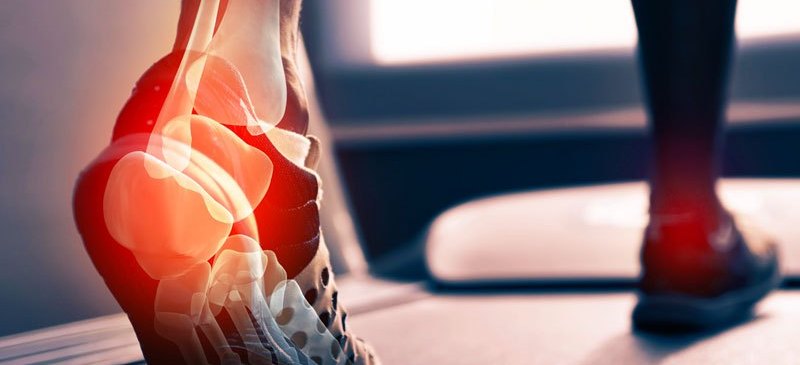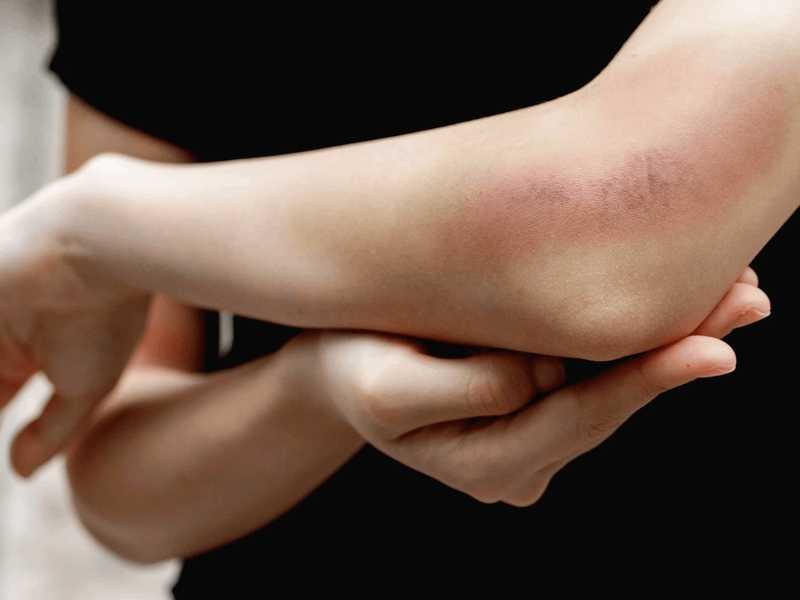What are the symptoms of hand arthritis?
More details about arthritis can be found in the following article.

Where does arthritis come from?
The joints give the body flexibility in movement and the ability to lift things such as walking or doing exercises and many daily activities, and these joints consist of cartilage, tendons, nerves, and certain bones, and these components work smoothly in order to give the ability to move the body, and it is possible that these joints may be exposed to inflammation.
Arthritis in the body is one of the diseases that occur in the joint and causes erosion of the cartilage, with severe pain and great difficulty in moving the joint normally, which makes the patient stop some of the normal activities that he performs.
Causes of arthritis
A person with arthritis may start to feel joint pain and stiffness when moving the joint, and this is due to many reasons, including:
- An injury or accident to the joint.
- Overweight or obese.
- Rheumatoid arthritis or gout.
- Exposure to geriatric diseases as a result of advancing age.
- The presence of a genetic history of the patient in the affected family.
- Osteoarthritis.
- The presence of osteoporosis.
- Extreme cold in the winter.
These reasons and more can lead to inflammation in the joints, and thus the patient feels pain and heat in the joint and is unable to use it as efficiently as before, and early detection and treatment can help with the symptoms of inflammation in the joint.
What are the symptoms of hand arthritis?
There are a group of symptoms or signs that can indicate the presence of a type of inflammation in the joint, and thus the person can treat the cause and reduce the severity of the pain in the joint. Here are some signs that indicate inflammation in the joints:
- The presence of stiffness in the joint.
- Soreness from movement.
- Difficulty walking or exercising.
- The feeling of heat in the joint of the hand.
- Rash and redness around the joint.
- Limiting the joint’s range of motion.
- Swelling in the affected part of the hand joints.
- Feeling tired and uncomfortable.
How is arthritis diagnosed?
The doctor usually takes some steps that show arthritis and atrophy that occurred in the bones or cartilage, and therefore the treatment is suitable for the patient, and among the diagnostic procedures that the doctor performs are the following:
- Physical examination of the injured person and identifying the apparent symptoms.
- Do the necessary analyzes, including urine and blood tests.
- X-rays and MRI scans to determine the condition of the bones.
- An arthroscopy procedure, through which the doctor can accurately identify the condition of the joint.
When is arthritis dangerous?
Arthritis sufferers may be exposed to complications or risks in the event of neglect of treatment or delay in diagnosing the patient, and it may affect the person’s ability to use the joint and lead to osteoporosis and increased stiffness in the joint.


